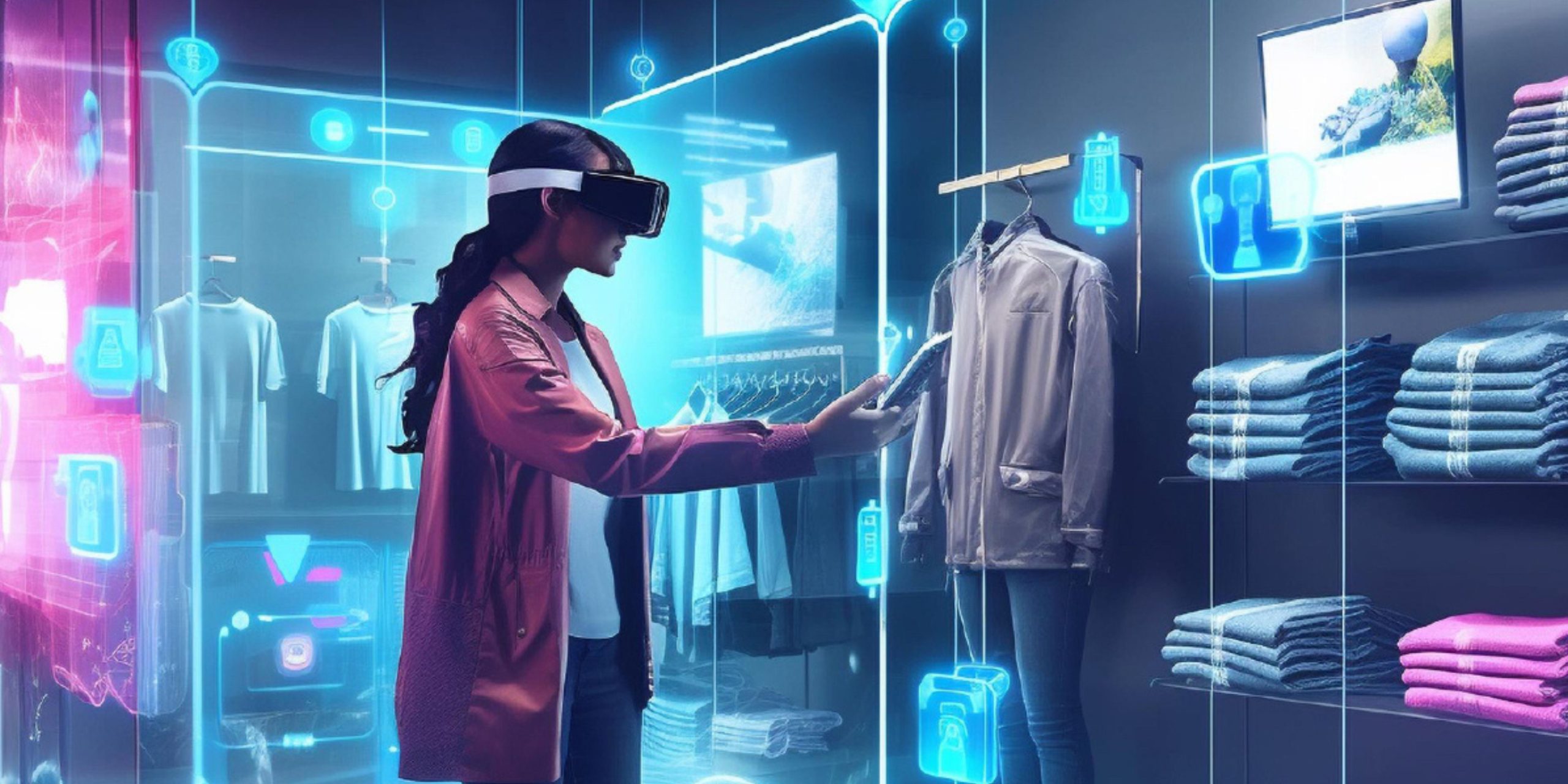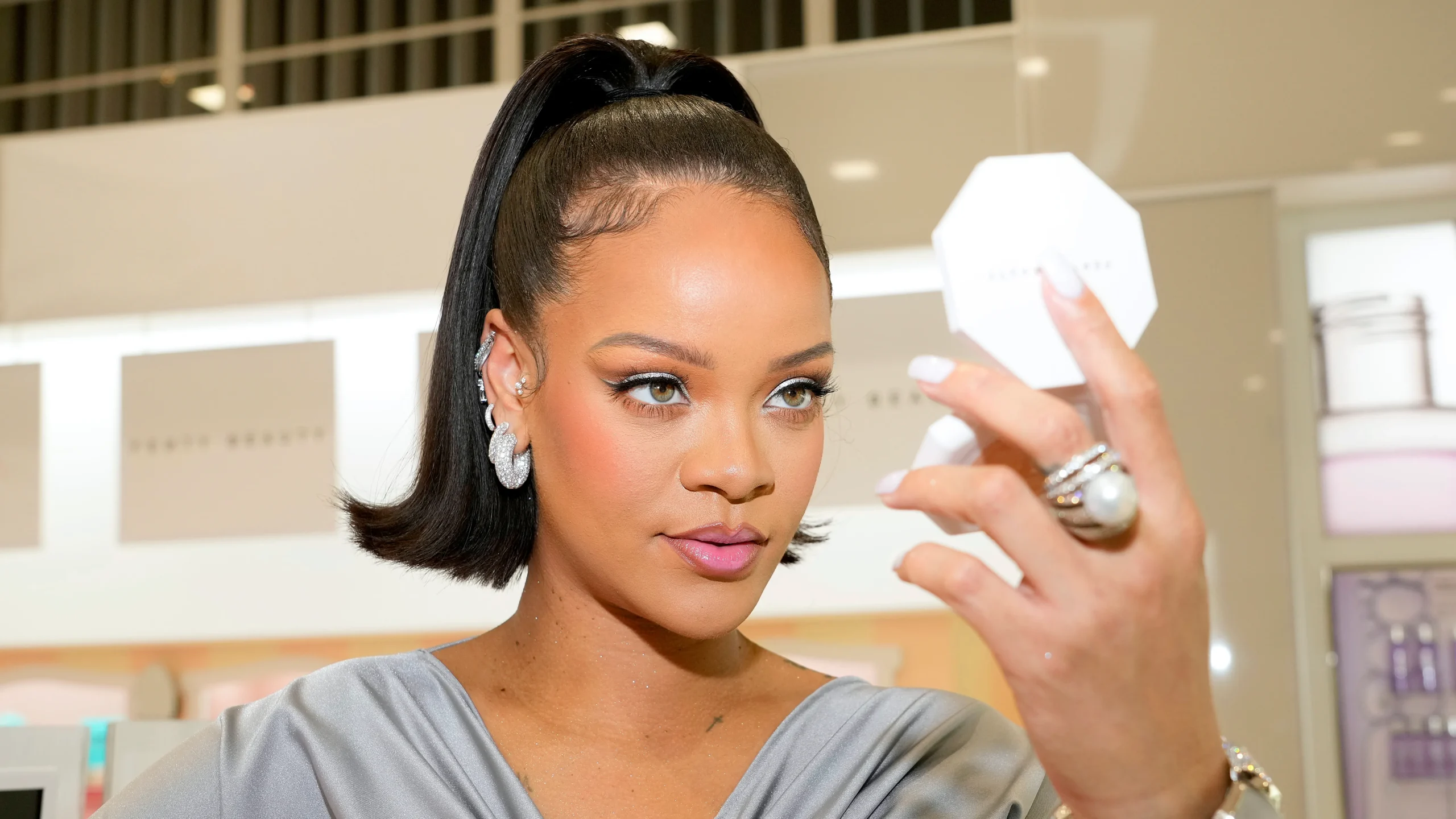In recent years, the worlds of fashion and technology have merged in ways once thought purely theoretical. Smart clothing—garments embedded with sensors, conductive fibers, and wearable electronics—is moving from experimental runway shows to mainstream retail. Designers are collaborating with tech firms to create apparel that not only looks good but also performs functions like monitoring health, managing climate control, or giving interactive feedback. This convergence is shifting industry expectations and consumer behavior alike.
Wearable Tech That Does More Than Look Good
Smart jackets now can adjust insulation based on outside temperature. Athletic wear can monitor heartbeat, sweat levels, and posture. There are shirts that repel odors and fabrics that charge your phone when you walk. These innovations are rooted in advanced materials science, flexible electronics, and AI. Consumers are increasingly interested in utility alongside aesthetics, and smart clothing answers that call.
Challenges: Cost, Maintenance, and Manufacturing
One major barrier is cost. Integrating electronics into garments, ensuring durability, and making them washable adds manufacturing complexity. Many smart clothing offerings today are premium products, accessible mainly to early adopters. Another issue is comfort and design: integrating tech without compromising fabric feel, breathability, or style is no small feat. Maintenance is also a concern—durability after washing, sensor reliability, and battery life are all still works in progress.
Sustainability and Ethical Considerations
There’s a growing consciousness around sustainability in fashion, and smart clothing faces scrutiny. Electronic components can be hard to recycle; batteries can pose environmental hazards. Designers are starting to use recyclable fibers, biodegradable sensors, and modular components that can be replaced individually instead of discarding the whole garment. Ethical sourcing of materials and fair labor practices are also under the spotlight as consumers demand transparency.
Market Trends and Consumer Adoption
Retailers and fashion brands are testing smart clothing lines; some limited edition smart sneakers, jackets, or running gear have been well-received. Tech companies are offering modular accessories that attach to regular clothes. As production scales and costs drop, smart clothing is expected to become more common in everyday wardrobes. Fitness, healthcare, outdoor recreation, and even professional use (uniforms for firefighters or first responders) are seeing pilot applications.
What to Expect Next
The future holds even more integrated experiences: clothes that change color via embedded LEDs, fabrics that deliver haptic feedback, or garments that adapt shape based on user’s posture or activity. Companies are working on fabrics that harvest energy from body movement or solar exposure. With AI becoming cheaper and more compact, personalized wearables embedded in clothing could learn user preferences and optimize performance.
FAQs
What is smart clothing?
Smart clothing refers to garments integrated with electronics or materials that provide functions beyond standard apparel, such as monitoring vital signs, changing temperature, or interacting with devices.
Are smart clothes safe to wear?
Yes, generally. Most smart clothing is designed with safety in mind. Standards are emerging to ensure breathable fabrics, safe batteries, and non-toxic materials.
Can smart clothing be washed?
Some smart garments are machine washable, but many require special care. It depends on how the electronics are integrated and on the care instructions provided by the manufacturer.
Is smart clothing expensive?
Currently, yes—because of the cost of technology, R&D, and materials. Prices are expected to drop as production scales up and manufacturing improves.
Who benefits most from smart clothing?
Athletes, outdoor enthusiasts, healthcare users (for monitoring), and tech-savvy consumers who want functional style are early adopters. Over time, the broader public may benefit as smart clothing goes mainstream.
Conclusion
Smart clothing represents a fascinating evolution in what we wear—it’s not just about covering the body, but about enhancing life with utility, comfort, and interactivity. As technology becomes more seamlessly embedded, fashion becomes a platform for innovation.
Though challenges remain—cost, durability, sustainability—the momentum is clear. Brands and consumers alike are pushing for smarter, more responsible clothing. If the current trends continue, smart apparel may soon be as common as your favorite denim jacket.










